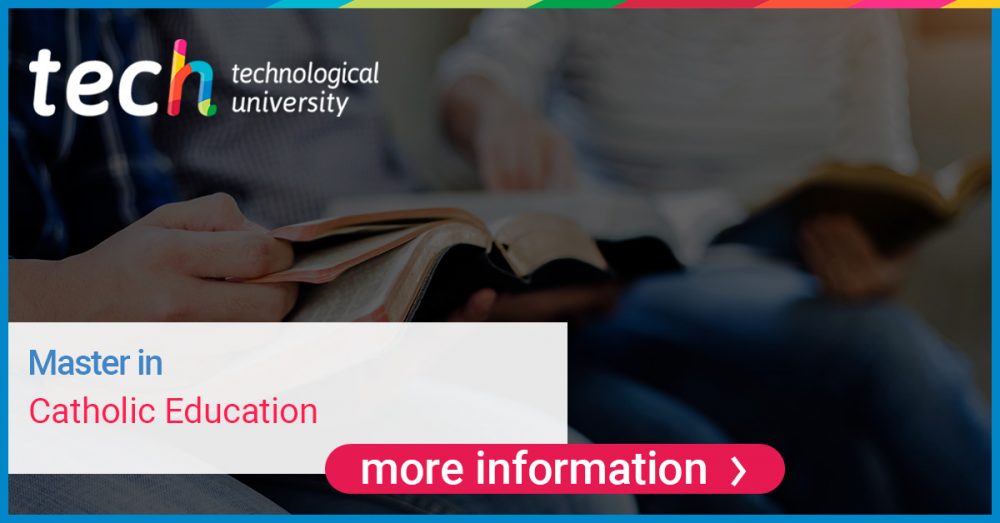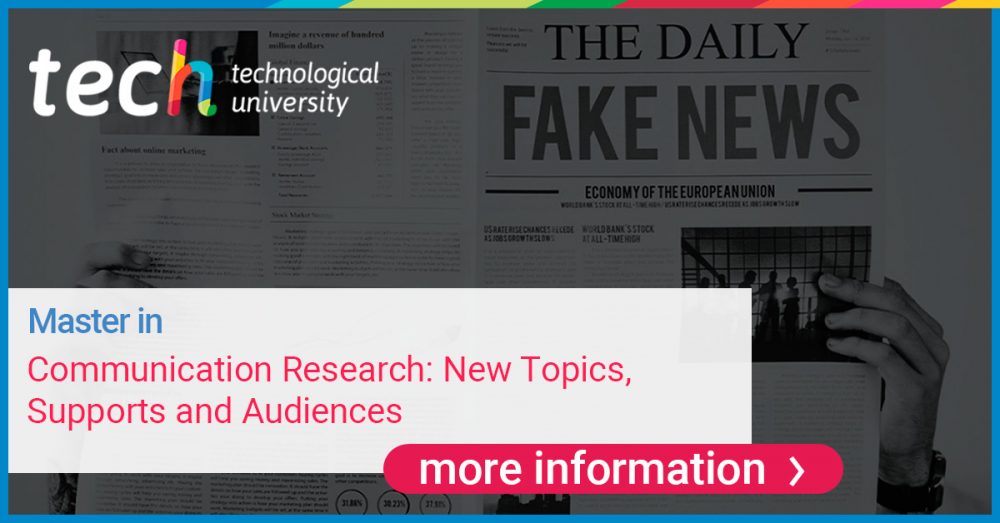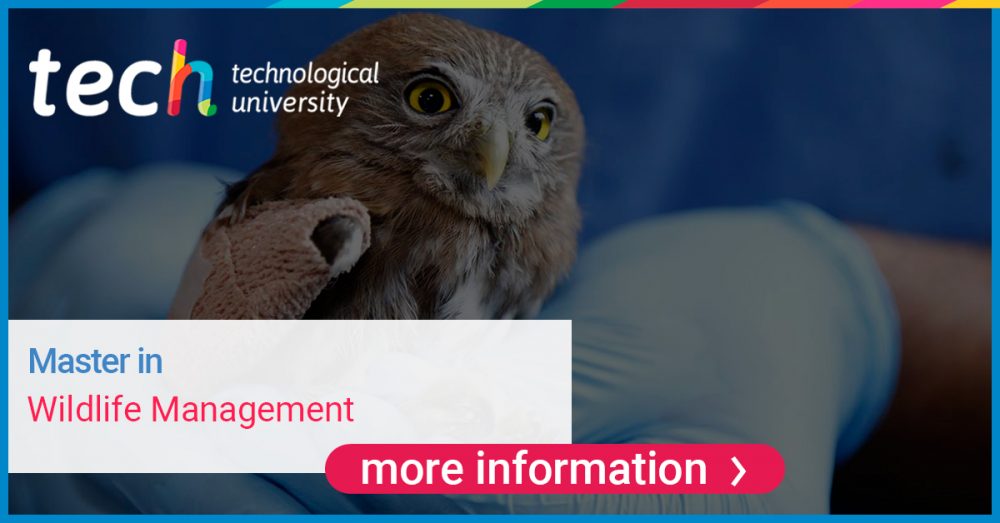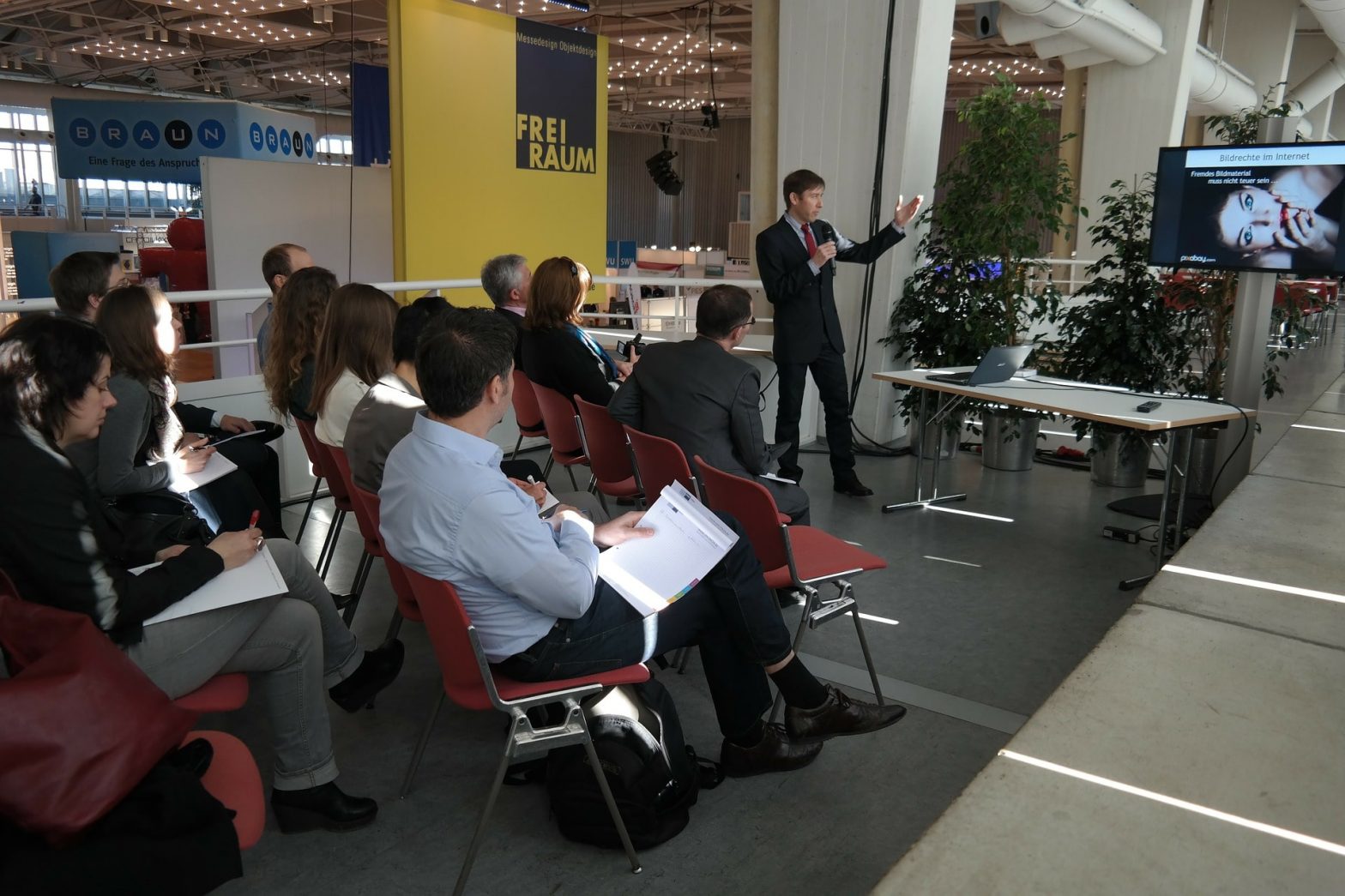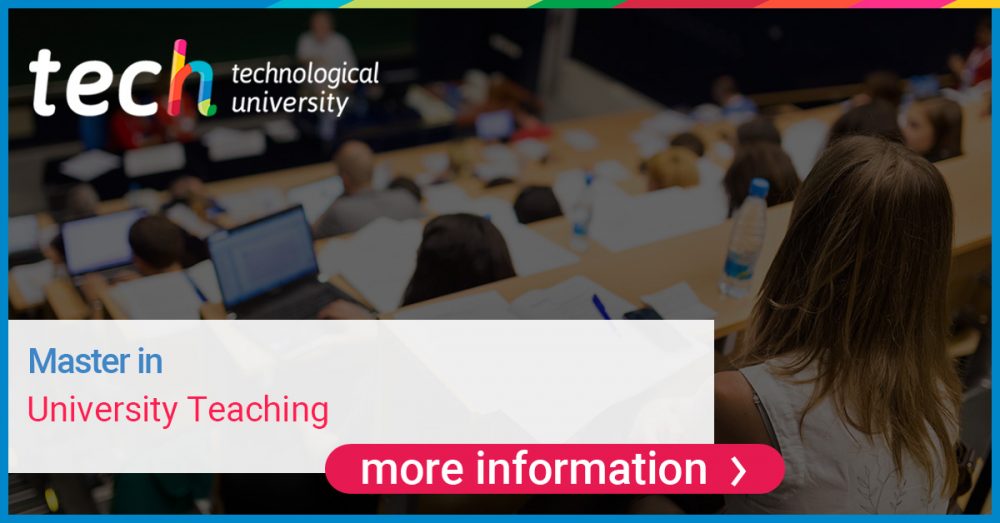Notice: Undefined offset: 2 in /home/site/wwwroot/wp-content/themes/twentynineteen-child/functions.php on line 140
Notice: Undefined offset: 2 in /home/site/wwwroot/wp-content/themes/twentynineteen-child/functions.php on line 140
Notice: Undefined offset: 2 in /home/site/wwwroot/wp-content/themes/twentynineteen-child/functions.php on line 140
Warning: strpos() expects parameter 1 to be string, array given in /home/site/wwwroot/wp-content/themes/twentynineteen-child/functions.php on line 163
E-Commerce, or Electronic Commerce, is the set of purchase and sale transactions carried out in the virtual environment of the Internet. Consequently, the management of payments and collections is carried out in this same environment, through electronic means.
E-Commerce is specifically limited to transactions of goods and services between a buyer and a seller, as opposed to the broader concept of E-Business, which refers to the entire process that must be carried out to manage an online business, including information and communication technologies (ICT), to carry out the activities and new strategies of a business, so it integrates all economic activities and business management practices that are carried out through the Internet.
Types of E-Commerce
E-Commerce can be classified, according to the characteristics of the operators, sellers and buyers, of the transaction, into the following types:
B2C (Business to Consumer)
E-Commerce is directed from the trading company to the final consumer. It is the category with the highest participation in E-Commerce, as it directs online commercial operators and their products to end markets, as well as being the one that is generating the highest growth, as a result of the increase in Internet users and the approach to normal online purchasing behavior.
The most outstanding advantages of this type of online commerce are:
- The customer can access the virtual store from anywhere using an electronic device, which facilitates convenient and fast shopping.
- Offers and prices are constantly updated to make them more attractive to customers.
- Customer support can be provided directly by different means, such as live chat, social networks or email, among others.

B2B (Business to Business)
E-commerce is directed from the company to other organizations, companies or professional sectors.
C2C (Consumer to Consumer)
It consists of an online store that facilitates commercial relations between private consumers.
In this type of e-commerce, the business model is the sale of advertising in exchange for the traffic obtained, which is similar to an advertising media support. Examples of this type of C2C platforms are eBay or Wallapop.
C2B (Consumer to Business)
Portals in which individual users generally publish a service they offer to companies, in order to be hired. It is an unusual type of E-Commerce and very related to the freelance job search, such as the one developed by Twago.
B2E (Business to Employees)
It is also a very rare type of e-commerce, in which the company addresses its employees.
It serves as an incentive to the company’s employees by granting discounts and special coupons on the products it markets.
This type of e-commerce allows:
- Reduce warehousing and shipping costs for the company.
- Deliver unique opportunities for employees.
- Motivates the employee with the company.
Stages in the creation of an Online Store (E-Commerce)
The creation and development of a marketing system for products or services through the Internet involves the implementation of a digital support, the online store or E-Commerce. The different phases for its creation are: • Commercial Idea: First of all, the idea about the exchange relationship to be established must be determined. What are the products or services, basic and peripheral that will be made available to potential buyers, intermediaries or end users, what advantages can be offered through the proposed E-Commerce, if there is any relevant difference compared to the current online stores and if it is a better solution to the current sales channels; the answer to these and other questions, will lead to improve the idea and generate new ideas to design digital marketing for the company. • Analysis: Although the first phase is already a first analysis, in which ideas are generated and screened; at this stage the selection of the idea on which the online store will be developed, through a contrasted analysis and based on a rigorous research on:
- Value proposition: What differentiating need or expectation does the commercial approach satisfy?
- Market: Is this a new type of E-Commerce or does it already exist?
- Competition: Which direct or indirect competitors are currently developing a similar type of E-Commerce? What are their results? What can be improved?
- Demand: Is there sufficient demand for this E-Commerce business model? What is the demand trend? Can it be boosted?
- Difficulties: Analyze potential difficulties that may arise with each of the proposed E-Commerce approaches, whether technical or competitive.
Once the best business idea has been selected, it is advisable to carry out a SWOT diagnosis on it, which will facilitate the company’s next actions. In addition, in the event that the analysis does not offer a significant result on which is the optimal business idea, the realization of this diagnosis for each of them, can be definitive for their selection.
• Strategy: In this phase of creation, the following questions must be answered, which will define the design of the online store:
- How will the customer get to know you?
- Why would you prefer it to the competition?
- What type of target audience (buyer) will be targeted?
- What price segment will the products be in?
- What is the business purpose?
- What are the growth forecasts?
• Action plan: In this last phase, specific actions are specified, which must be aligned with the strategy.
The job of a journalist is to provide citizens with accurate and interesting information that allows them to exercise their rights, stay informed and make personal, political and social decisions consistent with their reality, but also to manage the brand image and communication of the companies and institutions for which they work. Nowadays, with such a wide variety of media and topics, it is essential for a communicator to specialize through a Master’s Degree in Journalism and Communication, such as the postgraduate course in Marketing Management and Political Communication that we offer completely online, which allows him/her to focus on a specific platform or topic. Thanks to the studies that we have developed in TECH with renowned professors in the communication sector, you can train and receive a high educational level degree, which will allow you to improve your job prospects and practice journalism with greater rigor and accuracy.
At TECH Technological University we offer a Master’s Degree in Communication Business Management and a Master’s Degree in Management of the Audiovisual Industry prepared by a brilliant teaching team with extensive experience in the sector. Get trained through the most effective teaching method and advance in your professional career.





